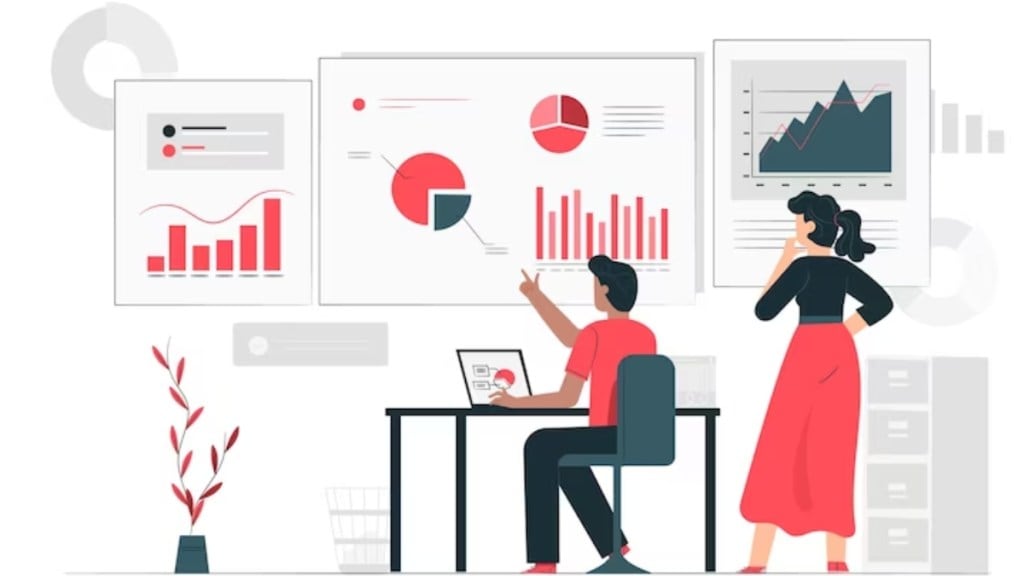By Amit Mathur
Moment marketing has surged into a global phenomenon embraced by marketers around the world. Thanks to rising social media usage, brands have leveraged global events like the Olympics, World Cup, and major cultural moments like the Oscars or Super Bowl to create impactful moment marketing campaigns that resonate with audiences worldwide. Social media platforms like Twitter, Instagram, and Facebook have therefore become powerful arsenals for global moment marketing, enabling brands to engage with audiences in real-time and spark conversations on a global scale.
Samsonite became a major success during the 2019 Lok Sabha Elections with their timely campaign, “#EkDinKiChutti | Let’s travel to vote,” proving the brand’s ability to connect with the audience through a compelling message. Domino’s Pizza experienced a phenomenal response in 2015 for their ‘Tweet for Pizza’ campaign, after the widespread popularity of emojis, which resonated exceptionally well with fans. Capitalising on the popularity of “The Mandalorian,” Lego created a limited-edition Baby Yoda set. This timely product launch, aligned with the Star Wars hype, generated significant sales and buzz. Uber’s impactful campaign in the US amid the Covid-19 pandemic, featuring the message “Thank You For Not Riding Uber,” resonated with many as the brand emphasized the importance of staying indoors for the sake of public health.
WHY MOMENT MARKETING WORKS?
From an Indian context, moment marketing has generally done wonders. The undisputed king of topical advertising, Amul’s witty topical hoardings have been a cultural phenomenon for decades. Their recent take on the Chandrayaan-3 mission, captured the public’s excitement, and serves as a prime example of their mastery of this art. Fevicol took a full-plunge into the witty-side of moment marketing when CR7 (Cristiano Ronaldo) abruptly exchanged the bottle of Coca-Cola with a bottle of water. All that Fevicol needed was post an image of its product on a blank table and soon X was abuzz with memes.
Moment marketing has succeeded and is today an actively scouted strategy because it feels credible on so many counts. First, it provides a brand to showcase genuine responses that resonate with its core values. Secondly, witty and engaging content significantly enhances the impact of a message. Since most of the messaging is online, brands can track results and learn/unlearn from every campaign in quick time.
Moment marketing and memes have also worked since they enable the interoperability of different channels and consumers. In other words, the interplay of a copy does not exist just on an OOH but can soon turn into a social rage online as well. Zomato and Blinkit for instance promoted an image of a billboard with the following copy.
Blinkit: Doodh maangoge, Doodh denge
Zomato: Kheer Mangoge, Kheer Denge
Soon the billboard was joined by Netflix (Friday maangoge, Wednesday denge).
BUT, WATCH OUT FOR MOMENTS
Harnessing moment-marketing may seem like a powerful tool to connect with audiences. But it also presents the risk of wiping tarnishing a brand’s image when one’s not careful. In 2019, an athlete’s team sued brands of Rs 5 crores for unethically promoting themselves by pasting their logo adjacent to a picture of her Bronze-winning Olympic performance.
Sharing a congratulatory message may not appear unethical at first glance, but brands sure have a lot to learn to avoid messages that backfire. The Advertising Standards Council of India (ASCI), in fact, had to come out with a stern warning in 2019 to desist brands from using Olympic winners in their advertisements without approval from athletes. Beyond the opportunity to stay present, there is the serious damage of not doing it the right way. Misreading the sentiment or cultural context of a moment can be disastrous.
It’s essential for marketers to carefully evaluate opportunities and ensure that their moment marketing campaigns align with the values, sentiments, and cultural context of the events. By doing so, brands can leverage the power of moment marketing while minimizing the risks associated with it. And now with IPL 2024 around the corner, the marketing teams gear up to scout for opportunities to engage in meaningful marketing – promote their brand with a six or a wicket.
The author is President, Sales and Marketing, Finolex Cables Ltd.


